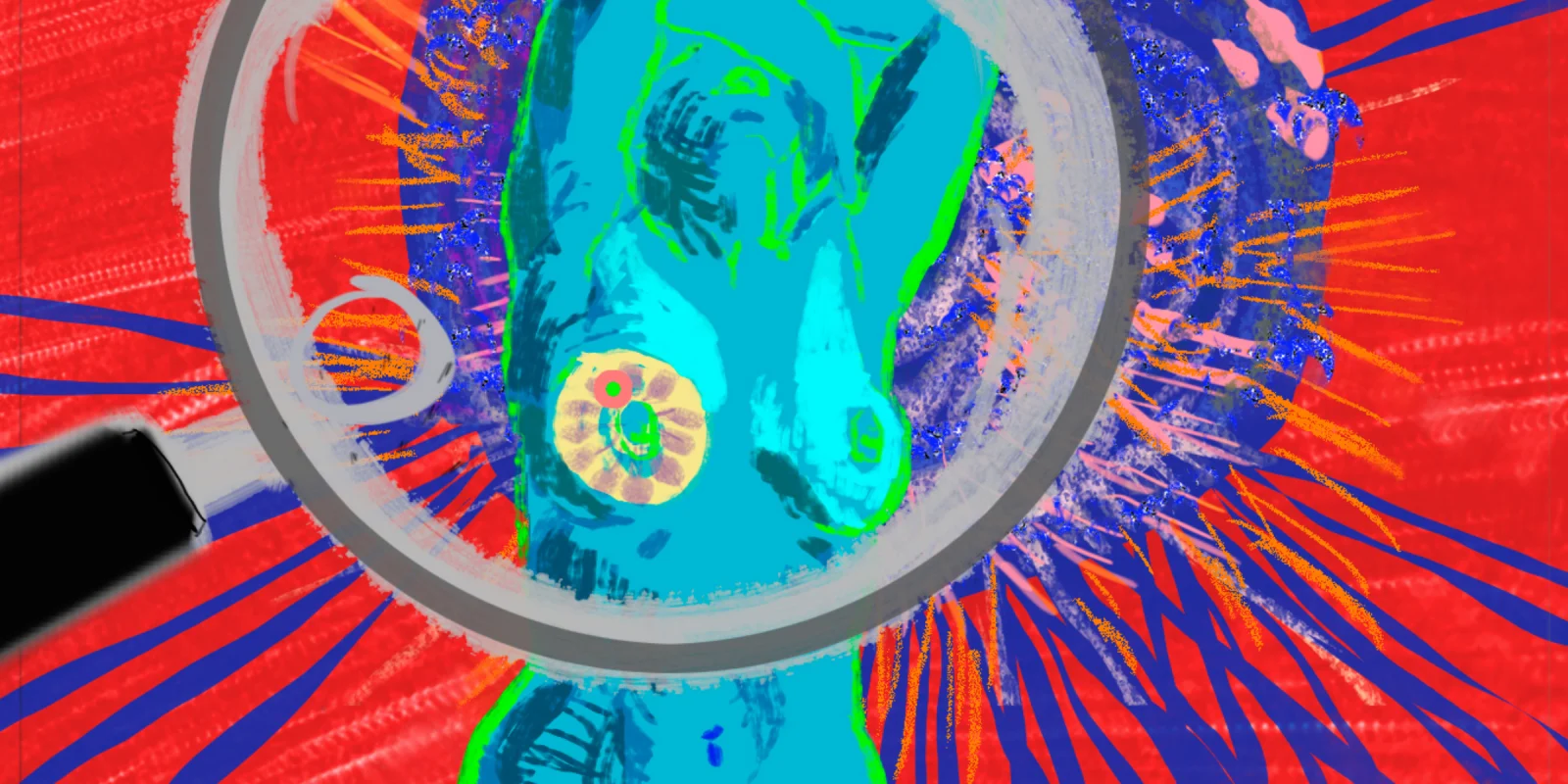DCIS now accounts for over 20% of all new breast cancer diagnoses. There are numerous treatment options, ranging from excision alone to excision with radiation and/or endocrine therapy, to mastectomy and even bilateral mastectomy. Each option has advantages and disadvantages, and for an individual woman, the decision-making is often difficult. The goal is to avoid overtreatment while minimizing risk of recurrence. An estimate of recurrence risk for each option can help a woman weigh the pros and cons of each option, and choose an option that aligns with her personal values.
Randomized studies have proven that radiation reduces recurrence risk by 50%, and endocrine therapy by about 30-40%. Yet, each of these adjuvant options has potential medical and quality-of-life side effects, so that some women are reluctant to undergo these adjuvant treatments.
There are several clinicopathologic factors that also affect risk of recurrence for DCIS, including age, family history, clinical vs. screen-detected presentation, nuclear grade, necrosis, tumor size, number of excisions necessary to achieve clear margins, margin width, and time period that the patient underwent treatment. These have been combined into a multivariable nomogram that estimates 10-year risk of recurrence (MSKCC (Memorial Sloan Kettering Cancer Center) DCIS Nomogram). It is available online and free-of-charge at www.nomograms.org. It has been validated in at least 5 independent populations in the US and worldwide. There are two main methods of assessing how good a predictive tool is: calibration, which is the correlation between predicted and observed outcomes, and discrimination, which is how well the model separates higher risk from lower risk patients. The DCIS Nomogram has excellent calibration in the external populations, and good discrimination (C-index 0.65-0.92 in external populations), similar to that of other widely used predictive tools (such as Oncotype DX for invasive cancer (C-index 0.69, Goldstein, 2008)).
There have also been attempts to develop genomic predictors of recurrence risk for DCIS. Two are commercially available. The Oncotype DCIS score originally was based on a purely genomic analysis of 12 genes. While no formal measures of calibration or discrimination have been published, examination of published data reporting the Oncotype DCIS score (ECOG 5194, (Solin 2013); Ontario population (Rakovitch, 2015)) suggests poor calibration, because in both populations, the subset of women with a high DCIS score had a lower risk of recurrence than those with an intermediate DCIS score. Paszat et al (2018) built a model that used 7 clinicopathologic variables to predict risk of recurrence, with a C-index of 0.68. The addition of the Oncotype DCIS score only marginally improved the score to 0.70. Rakovitch et al (2018) published a “refined” Oncotype DCIS score that included 3 clinicopathologic factors: time period of treatment, age, tumor size. Since late 2017, this “refined” DCIS score has been the one reported when an Oncotype DCIS score is ordered.
DCISionRT is another commercially available genomic test (Prelude Dx). It was initially created with the inclusion of four clinicopathologic factors. Like the Oncotype DCIS score, no measures of calibration and discrimination have been published. There have been presentations sponsored by Prelude Dx that purport to compare the performance of DCISionRT to the DCIS Nomogram. However, those comparisons misrepresent the DCIS Nomogram, and do not actually use the DCIS Nomogram predictions. It is unclear what proportion of the DCISionRT risk estimate is due to the inclusion of clinicopathologic factors vs the actual genomic analysis.
An important point is that neither the refined Oncotype DCIS score nor the DCISionRT score incorporates the use of endocrine therapy. Tamoxifen and aromatase inhibitors have been proven to reduce the risk of recurrence by about 30-50%, and their use should be expected to decrease risk of recurrence. Yet, neither score accounts for this fact, and therefore the risk predictions are too high for those that take endocrine therapy, and too low for those that do not.
Van Zee et al examined characteristics of a group of 59 women, all age ≥50 years old, with DCIS ≤2.5cm in size, and clear margins. Ten-year recurrence risk estimates from the DCIS Nomogram were calculated, and compared to the Refined Oncotype DCIS score (RDS). Overall, RDS risk estimates were within 1-2% of the nomogram risk estimate range (calculated with and without the use of endocrine therapy) in 92% of cases. Among the 5 patients for which the DCIS Nomogram and RDS estimates disagreed, all had close margins (≤2mm). Close margins are associated with a statistically significant doubling of risk of recurrence. Nevertheless, the discordant Refined Oncotype DCIS 10-year recurrence estimates were only 5-8% for these patients with close margins, while the Nomogram estimates were 11-14% (assuming use of endocrine therapy) or 21-27% (without endocrine therapy). From all published data, it seems clear that the refined Oncotype DCIS score markedly underestimates risk for those with close margins. And for those with clear margins (>2mm), there was excellent agreement between the DCIS Nomogram and the Refined Oncotype DCIS score, likely due to the predictive value of the 3 clinicopathologic factors (age, tumor size, time period of treatment).
Given the need for cost-based value in health care, and given the cost-free availability of the validated predictive online MSKCC DCIS Nomogram, the use of expensive, unproven, commercially available tests that claim to predict risk of recurrence is not warranted. Rigorous evaluation of predictive accuracy should be performed and proof of significant added clinical benefit should be made available before any new expensive commercially available test is adopted for clinical use.
Dr. Van Zee has no conflicts of interest to report.
Illustration by Jennifer Bogartz







